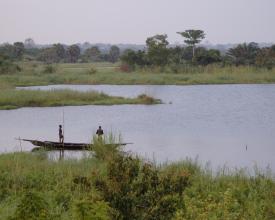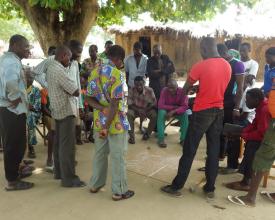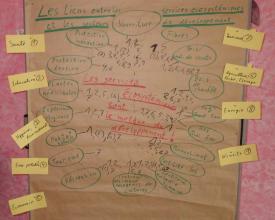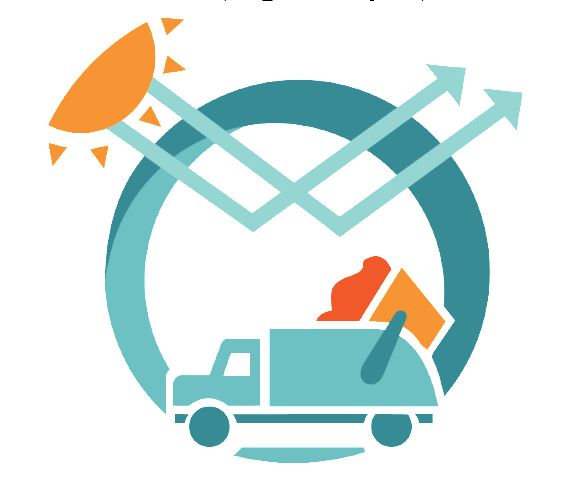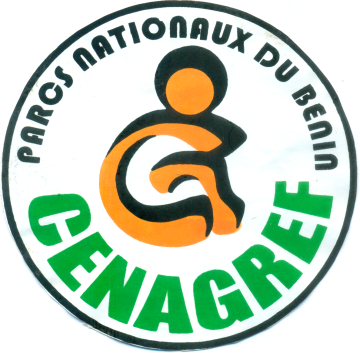
Medios de vida resistentes, protección contra inundaciones y sequías mediante el uso sostenible de los recursos naturales
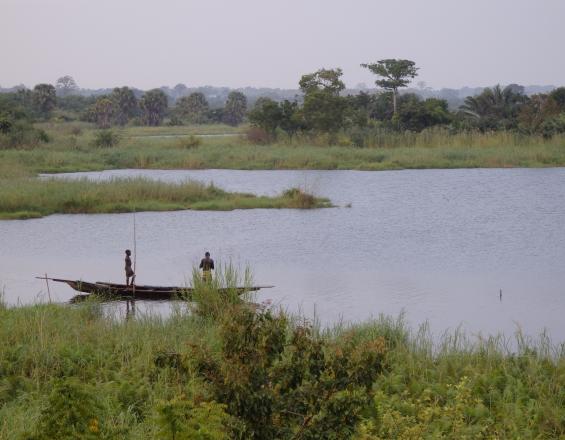
El proyecto "Reserva de la Biosfera Transfronteriza (RBT) en el delta del Mono" tiene como objetivo la conservación y el uso sostenible de la biodiversidad y los servicios ecosistémicos en el delta del Mono, contribuyendo al mismo tiempo al desarrollo sostenible de las comunidades locales. La introducción de medidas para la gestión sostenible de los recursos forestales y pesqueros contribuye a aumentar la resiliencia de las poblaciones locales ante los retos climáticos existentes, como las inundaciones y la sequía.
Contexto
Défis à relever
El clima de la zona se caracteriza por una gran variabilidad de las precipitaciones, lo que provoca cada vez más efectos negativos como inundaciones, erosión y la consiguiente sedimentación de los arroyos. Las inundaciones, que se alternan con periodos de sequía, causan daños a la población local y a sus propiedades y aumentan el riesgo de malas cosechas en la zona (por ejemplo, las inundaciones de 2010). La mayoría de la población local vive por debajo del umbral de pobreza y depende en gran medida de los recursos naturales. Sin embargo, la disponibilidad de servicios ecosistémicos se ha visto afectada por el uso insostenible de la tierra. Las autoridades administrativas apenas reconocen la importancia de los servicios ecosistémicos para la regulación del agua, la protección contra las inundaciones y los medios de subsistencia de la población. La zona se encuentra aguas abajo de la presa de Nangbeto, cuya gestión tiene un gran impacto en el caudal del río. Actualmente se está construyendo una segunda presa (Adjarala), también aguas arriba de la región.
Ubicación
Procesar
Resumen del proceso
Para garantizar la apropiación por parte de los beneficiarios y la sostenibilidad del enfoque, las áreas protegidas y sus normas de gestión se han establecido de forma participativa. Las zonas núcleo y tampón de estas áreas protegidas serán gestionadas por asociaciones locales de gestión (Building Block I). Con el fin de integrar las áreas individuales en una ordenación territorial más amplia, se ha formado a las autoridades territoriales sobre la integración de los servicios ecosistémicos en la planificación del desarrollo (Building Block II). Este enfoque permite una mejor gestión de la zona de transición, que también tendrá un impacto positivo en las zonas núcleo y tampón de la reserva.
Bloques de construcción
Gestión participativa de los recursos naturales por los agentes locales
Factores facilitadores
Lección aprendida
Integración de los servicios ecosistémicos en la planificación del desarrollo
Factores facilitadores
Lección aprendida
Recursos
Impactos
La Reserva de Biosfera Transfronteriza del Mono, creada en 2016 con el apoyo del proyecto de la GIZ, abarca 3499 km2 a lo largo de la frontera de Benín y Togo que forma el río Mono. 434 km2 de la reserva están designados como zonas de amortiguamiento, donde la atención se centra en el uso sostenible de los recursos naturales. La puesta en marcha de actividades de gestión sostenible de los recursos está aún en sus inicios. Los impactos esperados en términos de reducción de riesgos para las poblaciones locales incluyen: - Asegurar los medios de subsistencia y las actividades generadoras de ingresos, que se basan en los servicios de los ecosistemas, incluida la pesca y los productos forestales (caza, PFNM, dendroenergía ....Diversificación de las actividades generadoras de ingresos: frente a una posible disminución de la producción agrícola, causada por condiciones climáticas extremas, las actividades alternativas basadas en la utilización sostenible de los recursos forestales y pesqueros podrían adquirir mayor importancia; - Regulación del agua y mejora de la disponibilidad de agua a través de la gestión sostenible de los bosques, principalmente los bosques ribereños / manglares, lo que mejora la capacidad de retención de agua en la zona; - Prevención de la erosión de las riberas del río: la rehabilitación / reforestación de los manglares a lo largo de las riberas tendrá un efecto estabilizador y reducirá la erosión y la carga de sedimentos del río.
Beneficiarios
Los beneficiarios son los dos Estados, las autoridades territoriales (municipios y prefecturas) y las poblaciones locales, así como sus autoridades tradicionales y religiosas.
Objetivos de Desarrollo Sostenible
Historia
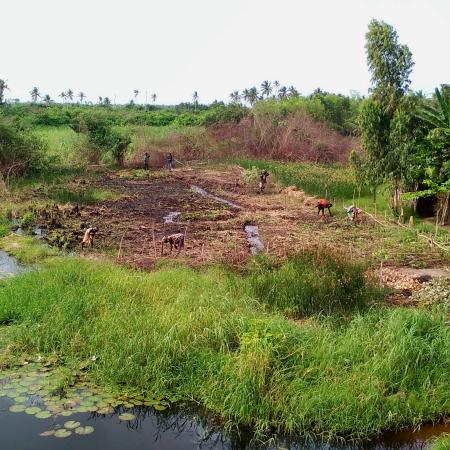
La zona del delta del Mono sufre regularmente inundaciones. Esta situación se ve agravada por la sedimentación de los cursos de agua debido a la erosión de sus orillas. Sin embargo, la plantación de manglares en la reserva de biosfera mitiga los efectos negativos de las inundaciones sobre las poblaciones locales. Según Assion Anani, presidente de una de las asociaciones de gestión local de Togo, antes el agua invadía prácticamente todos los pueblos todos los años. Los manglares plantados en las orillas de los cursos de agua los estabilizan y evitan su erosión, así como la sedimentación del río. De este modo, se puede disminuir la magnitud de las inundaciones y los consiguientes daños a las aldeas. Las autoridades territoriales también se benefician de la función reguladora de los bosques para la protección de las infraestructuras. Amavi Joseph Anani, alcalde de la comuna de Athiémé, en Benín, explica que las crecidas del río Mono ya han tenido efectos muy destructivos en las infraestructuras, sobre todo en las carreteras. En lugar de esperar grandes inversiones del Estado central, el consejo municipal emprendió la plantación de manglares a lo largo del río para reducir los impactos de las inundaciones. Esta medida basada en el ecosistema ha demostrado ser una solución de bajo coste, por lo que resulta muy pertinente en un contexto político en el que los recursos financieros son bastante limitados.
